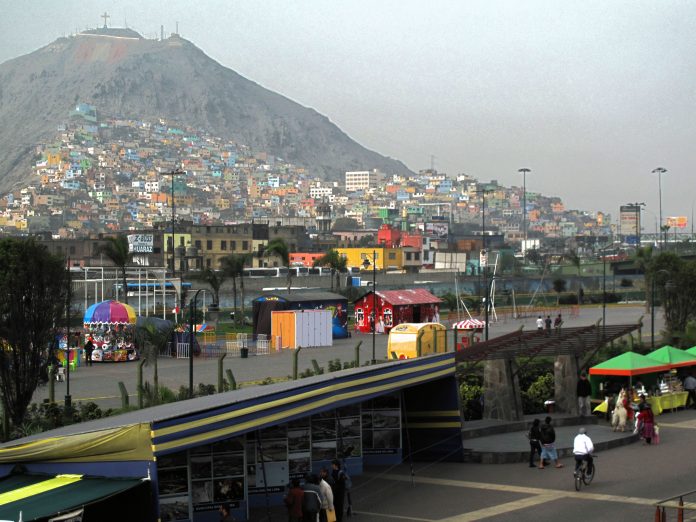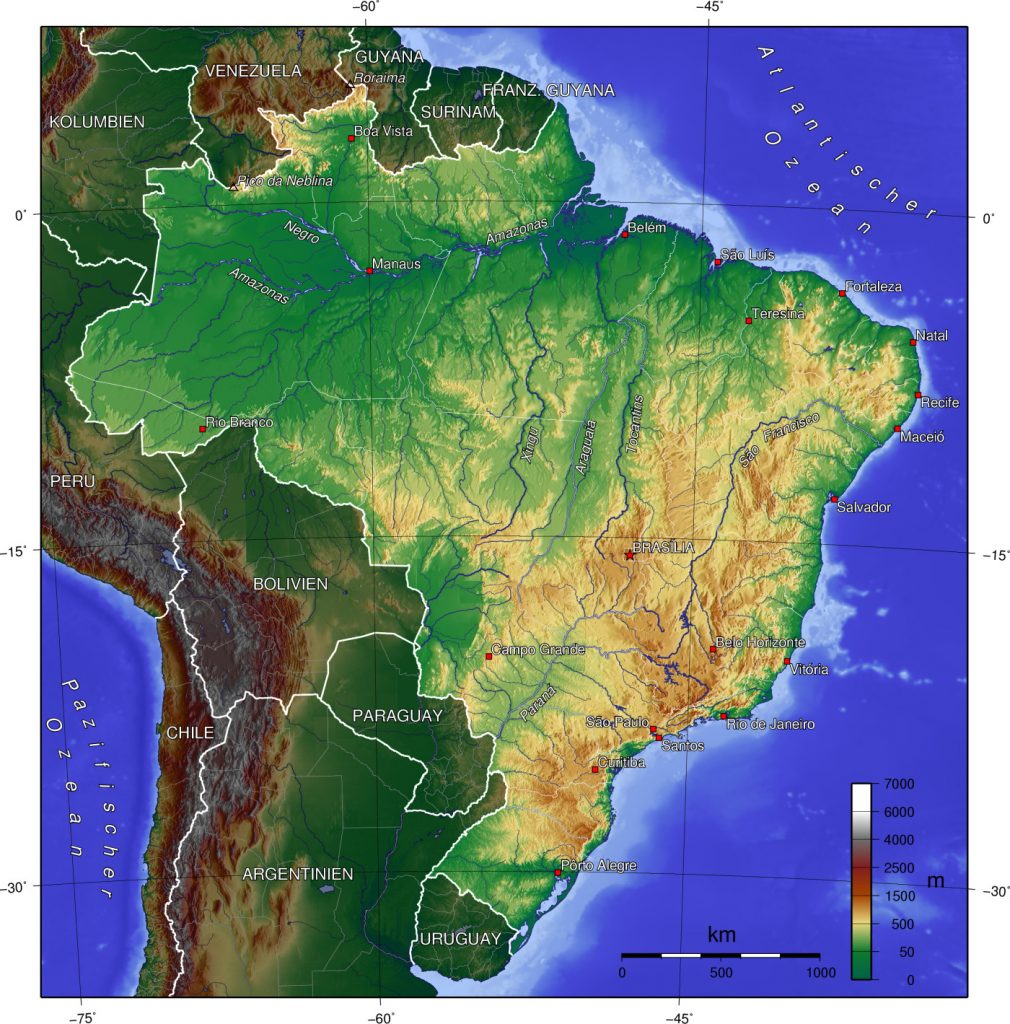
By Stephen Foster and Ricardo Hirata*
With 80 percent of Latin America’s population living in cities, municipal demands for a reliable clean water supply have escalated. The combination of drought reliability, low well construction costs and increasingly polluted rivers has led to greater dependence on groundwater. UN-Habitat’s data tracking system lacks specific data, but in recent years many cities have come to depend heavily on this invisible resource: in Brazil alone, groundwater now supplies 53 percent of urban municipalities, amounting to a population of nearly 80 million.
But can urban aquifers cope with the pressures from rapid urbanisation?
For some cities–such as Lima, Merida, Natal, Ribeirão Preto and Belém–the urban centre is surrounded by high-yielding aquifers, allowing utilities to expand water production incrementally, and thus offer lower prices and higher service levels. Indeed, the complementary characteristics of groundwater storage and surface-water resources can be coordinated to enhance urban water-supply security greatly.
Unfortunately, many of today’s ‘conjunctive use’ practices only amount to a piecemeal coping strategy. Too often, water utilities construct new wells for base-load supply in newly urbanised peripheral suburbs, while overlooking the opportunity to use groundwater across an entire urban area to provide greater water-supply security during drought. In the longer term, this is unacceptable.
Urban water users have widely turned to groundwater for private in-situ supply, to improve their own water-supply security. But official statistics often obscure this reality. For example São Paulo states that less than 2 percent of public water supply comes from groundwater, but during the recent water-supply crisis 12,000 private wells provided 865 Ml/d (24 percent of the total supply).

The underestimation causes serious financial complications. Private capital for tapping groundwater is first triggered in times of crisis, but once initial funds are sunk, a temporary coping strategy will persist. Multi-residential dwellings and commercial and industrial users will keep pumping groundwater, especially when doing so costs less than the mains water supply. Thus private groundwater use can have major implications for planning investment in municipal water infrastructure, and public administrations will require a critical assessment of private urban well-usage in order to formulate a balanced policy.
Private groundwater supplies are often more vulnerable to anthropogenic pollution or natural contamination than better engineered and monitored utility sources. But attempts to ban private groundwater use are normally futile, and it is more appropriate to seek ways to maximise its benefits whilst minimising the associated risks. One approach is to register commercial, industrial and large residential users, and charge for groundwater abstraction based on well pump capacity or by metering their sewer discharge. This will also allow advice on water-quality and health warnings to be issued, and if pollution is severe, the sources can be declared as unsuitable for potable use.
Unmanaged groundwater can pose various threats to cities. Urbanisation modifies the ‘groundwater cycle’ by increasing recharge. Yes, impermeable surfaces reduce infiltration but this is more than compensated by recharge from water-mains leakage, wastewater seepage, and storm-water ‘soakaways.’ There may also be major groundwater discharge as a result of flows to deep collector sewers and drains. Such modifications are in continuous evolution and can seriously reduce the resilience of urban infrastructure.
The threats vary with development stage and type of groundwater system involved. Rarely are groundwater resources within an urban area sufficient to satisfy the entire needs of larger cities. So unmanaged abstraction and depletion can result in serious risks of quasi-irreversible side effects, like land subsidence and damaged infrastructure, as for example in Mexico City.

Conversely, as cities evolve, groundwater pumping in central districts often declines, resulting in strong water-table rebound that can cause a different kind of threat, such as basement damage and flooding, malfunction of septic tanks and excessive inflows to deep collector sewers, as was experienced some years back in Buenos Aires.
Groundwater systems underlying cities represent the ‘ultimate sink’ for urban pollutants. Large-scale in-situ urban sanitation poses a groundwater quality hazard, especially as regards to nitrate, some synthetic hydrocarbons, and pharmaceutical and hormonal residues.
Except for very shallow and vulnerable aquifers, there is usually sufficient natural attenuation capacity to eliminate faecal pathogens from percolating wastewater. But the hazard increases markedly with inadequate well construction or poor septic management, which often occur in fast-growing anarchical cities. Thus consideration of groundwater quality should be incorporated into urban sanitation planning in Latin America. The level of nitrate loading will rise with population density served. Municipal water utilities usually try to handle the problem by dilution, but this requires a secure source of high-quality water, which can face absolute limitations.
To fill the ‘vacuum of responsibility’ for urban groundwater, local development decisions need to be closely coordinated among diverse organisations. These include water-resource agencies that authorise well drilling; utilities producing and distributing water supplies; municipalities building infrastructure and planning land use; and environmental and public health agencies installing sewerage and disposing of liquid effluents and solid waste. All of them must be bound by the need to protect the groundwater they share, and a more integrated approach can reduce the cost and improve the security of urban infrastructure.








